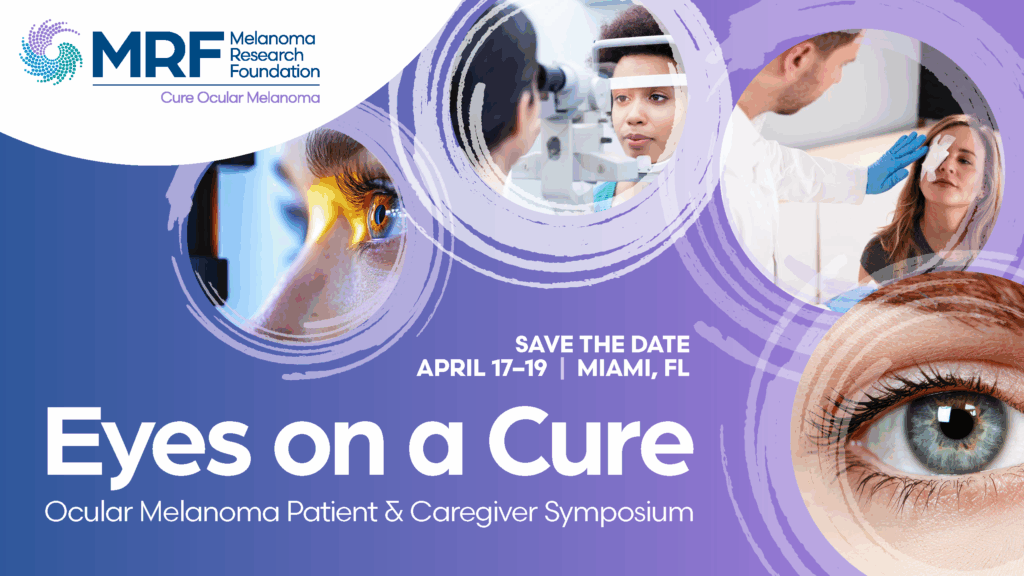
RNA-LNP Therapeutics for Resistant Melanoma
Ravi Amaravadi’s Abstract Melanoma, a deadly form of skin cancer, often becomes resistant to current treatments, particularly immunotherapy. Although melanoma tumors ...

Ravi Amaravadi’s Abstract Melanoma, a deadly form of skin cancer, often becomes resistant to current treatments, particularly immunotherapy. Although melanoma tumors ...

Julyssa Renteria’s Abstract Melanoma, a serious type of skin cancer, affects people differently based on their racial background. Non-Caucasian groups, such as Black,...

Marin Melloy’s Abstract Melanoma causes the most deaths among skin cancers, and cases have been rising in recent years. While we know some of the main genetic factors...

Kathleen N Klinzing’s Abstract The immune system can recognize and kill cancer cells. One cell type that excels at this is the cytotoxic T cell, or CD8+ T cell. CD8+ ...

Hannah Wu’s Abstract This research explores the intricate relationship between proteins in the tumor environment, known as the extracellular matrix (ECM), and the beh...

Zachary Walsh’s Abstract T cell immunotherapies, which harness the power of a patient’s own immune system to eliminate tumor cells, are becoming an increasingly pro...

Yingjoy Li’s Abstract Melanoma is the deadliest type of skin cancer. Although it mostly affects people with lighter skin, those with darker skin, including Asian, Asi...

Jordan Bui’s Abstract The use of artificial intelligence (AI) in dermatology is becoming increasingly prevalent and advancing rapidly. Current research has demonstrat...

Jack Kollings’ Abstract Melanoma is an aggressive and potentially deadly form of skin cancer that often resists standard treatments. Recent advances in immunotherapy�...

Kimberly Nguyen’s Abstract Surgical removal of early melanomas has a high survival rate of 98%, but metastasis, the spread of cancer to other sites in the body, bring...

Anjali Devireddy’s Abstract Primary melanoma tumors can have small nests of cancer cells called “microsatellites” neighboring the primary tumor. The prese...

August Culbert’s Abstract Metastatic melanoma remains a significant cause of death in the United States, with average survival rates below 35% just 5 years after init...


Apr 17, 2026 ET - Apr 19, 2026